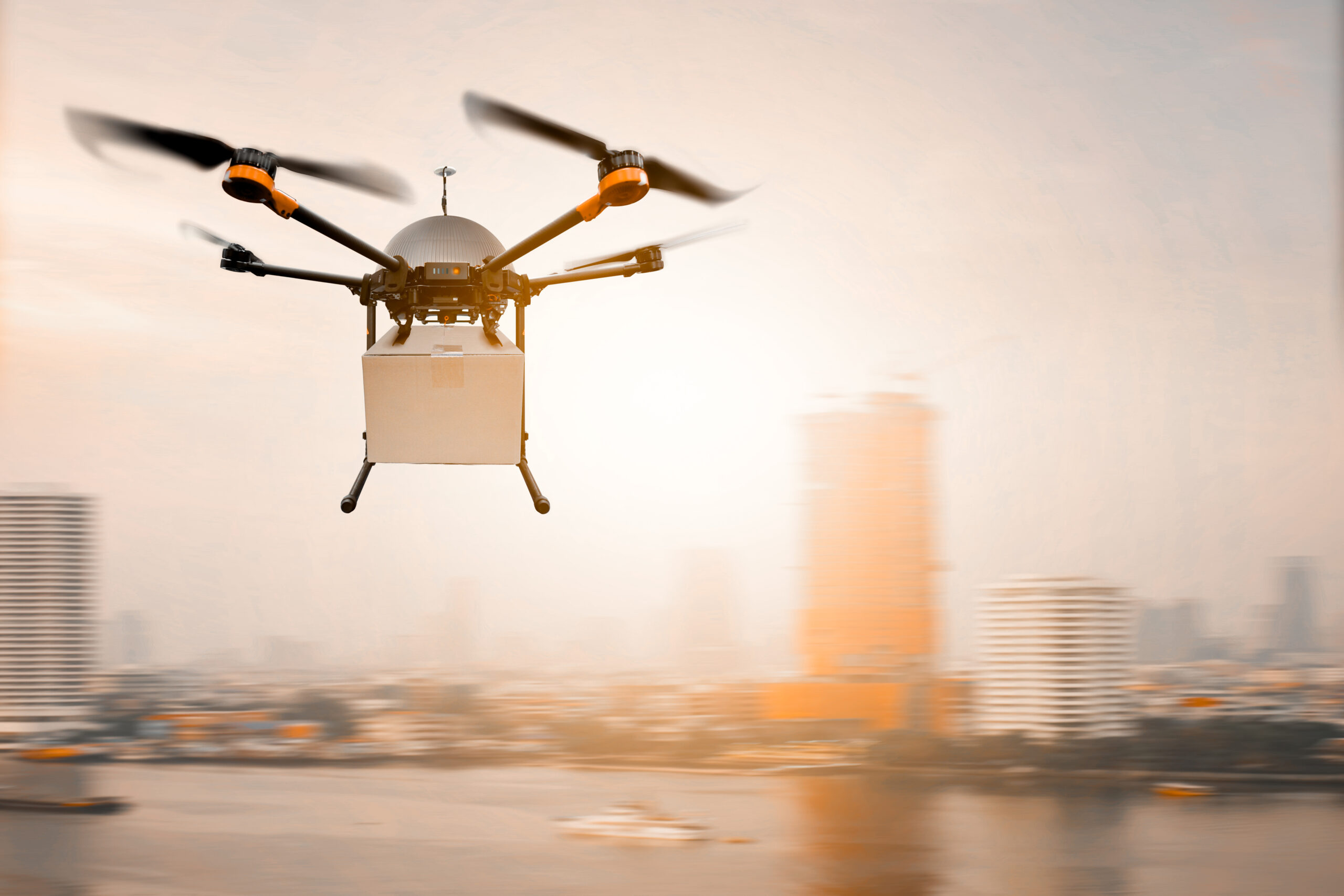Did you know that Amazon has been using machine learning and AI for more than 25 years? Yes, 25 years! That’s probably why they’re way ahead of other supply chains.
In this article, you’ll find three AI use cases that have propelled Amazon’s supply chain efficiency.
1. Amazon’s Supply Chain Is Speeding Up by 75% With the Help of AI
Scot Hamilton, the vice president of Amazon’s Planning and Routing Technology, says that Amazon uses AI to ensure faster deliveries to customers globally. For example, during the 2023 Cyber Monday sales, Amazon used AI systems to forecast a daily demand of over 400 million products and predict where the orders were coming in from based on their reserves of historical data.
Another way Amazon uses AI systems is restocking warehouses to optimize for faster delivery. Amazon delivery stations go from handling around 60,000 packages a day to over 110,000 during the peak holiday seasons.
Amazon has invested in new robotic inventory management systems like Sequoia. Sequoia helps the company identify and store inventory 75% faster.
Through a customized inventory management system that organizes deliveries, Amazon was able to:
- Reduce human effort and employee injury by 15%
- Slash the processing time by 25%
Now, what do the above numbers mean for Amazon? The system ensured that the products ordered on Cyber Monday were delivered much faster.
In 2020 alone, Amazon was able to use machine learning and AI to save $1.6 billion in transportation and logistics costs and reduce their 1 million tons of CO2 emissions.
2. How Amazon Is Reducing Packaging Waste With AI
In 2019, Amazon introduced PDE, or the “Packaging Decision Engine.” The Packaging Decision Engine is an AI model designed to optimize millions of packages on a daily basis.
The Packaging Decision Engine, coupled with other innovative packaging solutions, has helped Amazon eliminate over two million tons of packaging material globally since 2015.
How the Packaging Decision Engine Works
Just like other AI, the PDE system uses natural language learning models to train on historical data and gather new text-based data from each item, such as the item’s name, description, price, and package dimensions. Here’s the full scoop –
When an item first arrives at the Amazon fulfilment center:
- It is photographed in a computer-vision tunnel
- The compute-vision tunnel detects if there are any product defects
- The tunnel also determines the product’s dimensions and if there is a bag or box around the item to enable appropriate packaging decisions
- The system retrieves other information from various customer feedback channels and combines the data to enhance the accuracy of its packaging recommendations
- Once all the above information is compiled, the system calculates a possible vector score to determine the ideal packaging type
- The system then stores this packaging choice and utilizes this data in the future
Automating the above steps eliminates hours of delay in operational workflows and eases critical decision-making when it comes to packaging.
3. Amazon Uses AI To Avoid Delivering Damaged Products
Did you know that 23% of returns are caused by the wrong item being sent out?
And 22% of returns are due to products looking different than the customers expected them to be.
Nobody likes receiving damaged goods, so it’s no surprise that supply chain statistics also show that 20% of returns are due to damaged products
Mohammed Khan, an assistant general manager of Amazon’s fulfilment center, says it normally takes 5 employees using a six-point visual check to determine if a product is damaged. When you think about this as a business, that’s a lot of manpower.
But what if you can make the correction process faster and automatically detect product damages without having 5 employees do a six-point visual check
That’s exactly what Amazon did. Amazon came up with an artificial intelligence (AI) model named “Project P.I.,” which stands for “Private Investigator,” to uncover defects.
Project P.I. uses a combination of generative AI and computer vision technologies to detect product defects and/or ensure product specification correctness, such as color or size, before they’re shipped to customers.
This reduces the costs associated with shipping, handling, and processing returned items. Not just that, but accurate product specification detection and correctness also prevents defective items from being counted in inventory, leading to better stock management.
Consistently delivering the right products in good condition enhances the company’s reputation, customer satisfaction, and customer loyalty.
Other Innovations Transforming Modern Supply Chains
AI is all the talk right now and many companies, like Amazon, are implementing it to modernize their supply chains. But, other new innovations are also playing a role in this transformation.
From instant fulfillment to the cloud, learn about innovations and technologies shaking up the industry in our free guide: 6 Innovations and Technologies that Will Change the Future of Shipping.











